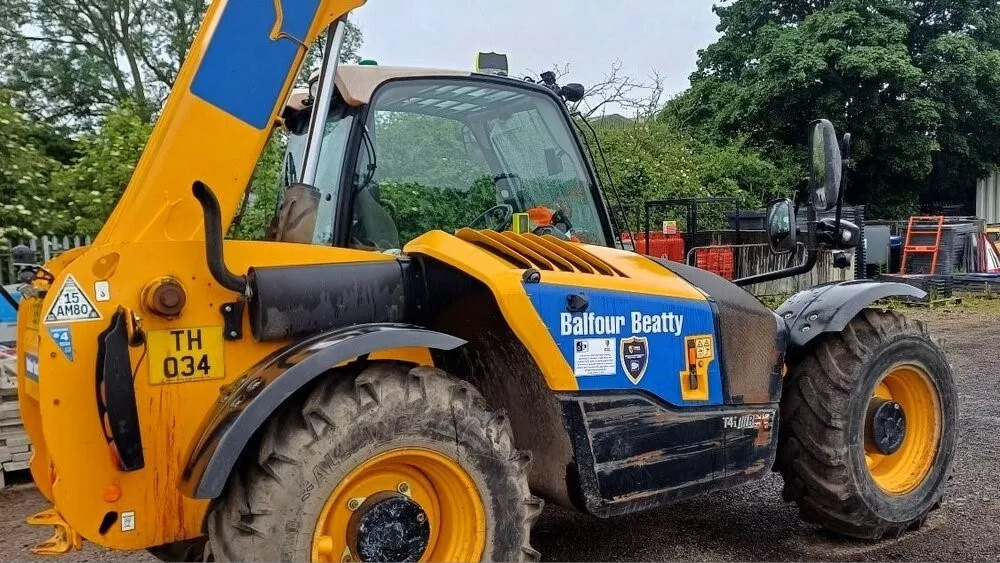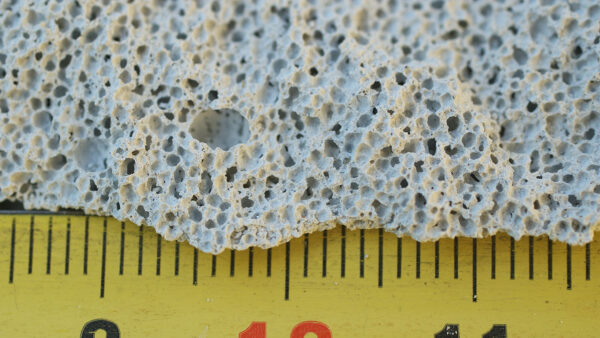
Balfour Beatty says it has become the first tier 1 contractor to mandate human recognition cameras on certain items of plant and machinery across all of its UK operations.
The technology can “proactively cover” blind spots around the plant. The cameras detect the human form and will trigger an alarm to alert pedestrians and the plant operator to the potential risk.
A ‘digital thumbs up’ system is used, whereby plant operators can temporarily disable machines to allow people to approach. It works by generating a no-entry sign outside the machine which becomes a green thumbs-up symbol when the operator signals it is safe to approach.
Earlier this year, Cementation Skanska mandated the installation of artificial intelligence-backed human form recognition cameras on its fleet of large-diameter piling rigs and cranes after a successful trial.
Barhale is also using the digital thumbs-up system on some of its new plant.
‘An important step forward’
Balfour will mandate human form recognition cameras on excavators above 13 tonnes, forward tipping dumpers over 6 tonnes, articulated dump trucks weighing more than 9 tonnes, rollers of 13 tonnes and above, telehandlers, dozers and wheeled loaders.
The requirement came into effect across Balfour’s UK project in June and will be rolled out to supply chain partners as standard in 2025.
According to the Health and Safety Executive’s latest work-related fatal injuries report, the construction sector continues to account for the greatest number of workers involved in fatal incidents in the UK every year. Among these incidents, 18% were from workers being struck by moving vehicles.
Balfour Beatty’s chief technology officer, Chris Johnson, said: “Today’s announcement is another important step towards eliminating harm across all Balfour Beatty projects. By mandating these new strident measures, we will continue this positive trajectory and ensure that everyone gets home safe, every day.”











